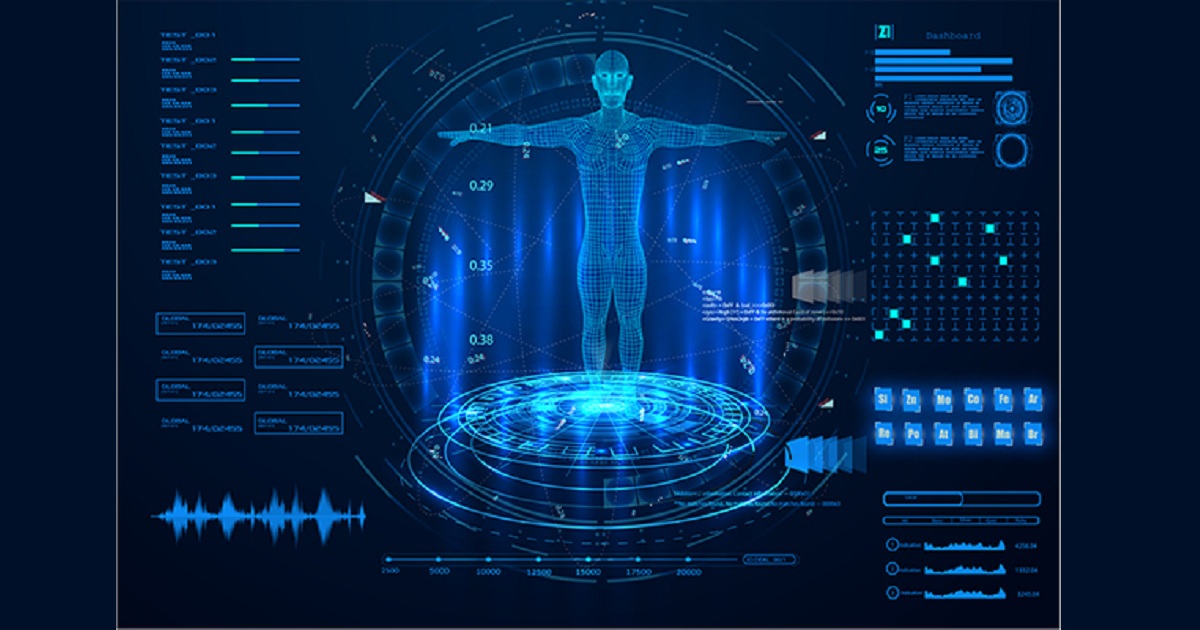Can the additive tree expand machine learning in medicine?
Penn Today | October 07, 2019

When health care providers order a test or prescribe medicine, they want to be 100 percent confident in their decision. That means being able to explain their decision and study it over, depending upon how a patient responds. As artificial intelligence’s footprint increases in medicine, that ability to check work and follow the path of a decision can become a bit muddied. That’s why the discovery of a once-hidden through-line between two popular predictive models used in artificial intelligence opens the door much wider to confidently spread machine learning further throughout health care. “In medicine, the cost of a wrong decision can be very high,” says one of the study’s authors, Lyle Ungar, a professor of computer and information science in the School of Engineering and Applied Science. “In other industries, for example, if a company is deciding which advertisement to show its consumers, they likely don’t need to double-check why the computer selected a given ad. But in health care, since it’s possible to harm someone with a wrong decision, it’s best to know exactly how and why a decision was made.”